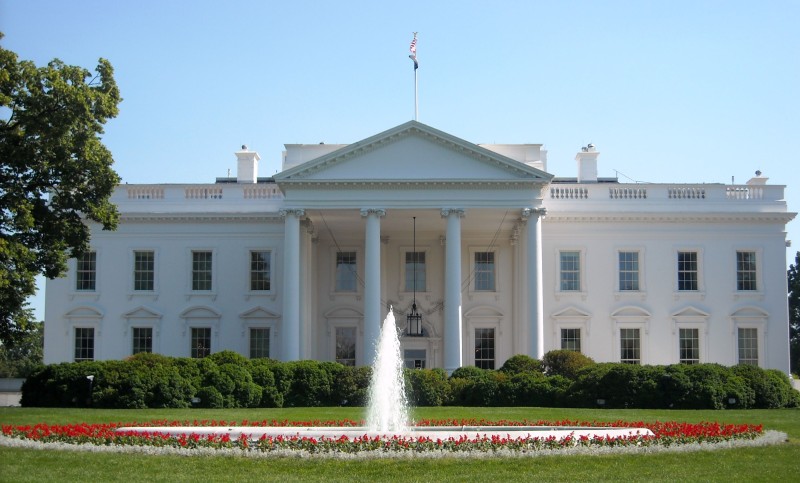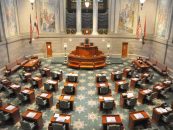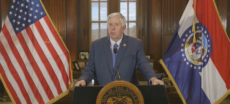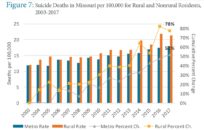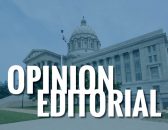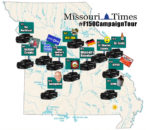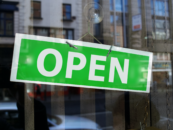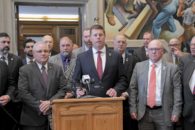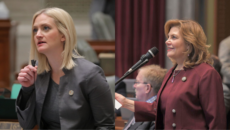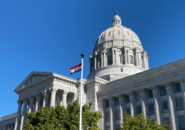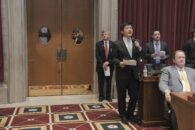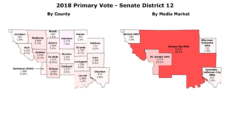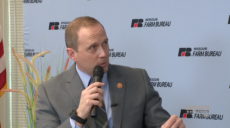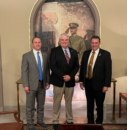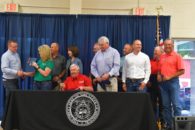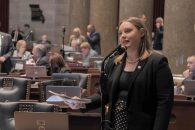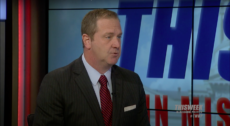As conversations on broadband access continue in Missouri and around the country, the White House is rolling out a new mapping tool showing where improvements are needed.
The Indicators of Broadband Need map, a collaboration between the White House and the National Telecommunication and Information Administration (NTIA), shows data on internet access across the country, depicting counties and areas with poor access in red.
According to the interactive tool, most of the U.S. experiences inadequate broadband access. In Missouri, a majority of counties have at least 15 percent of their population without internet access at all with rural areas reporting even higher percentages.
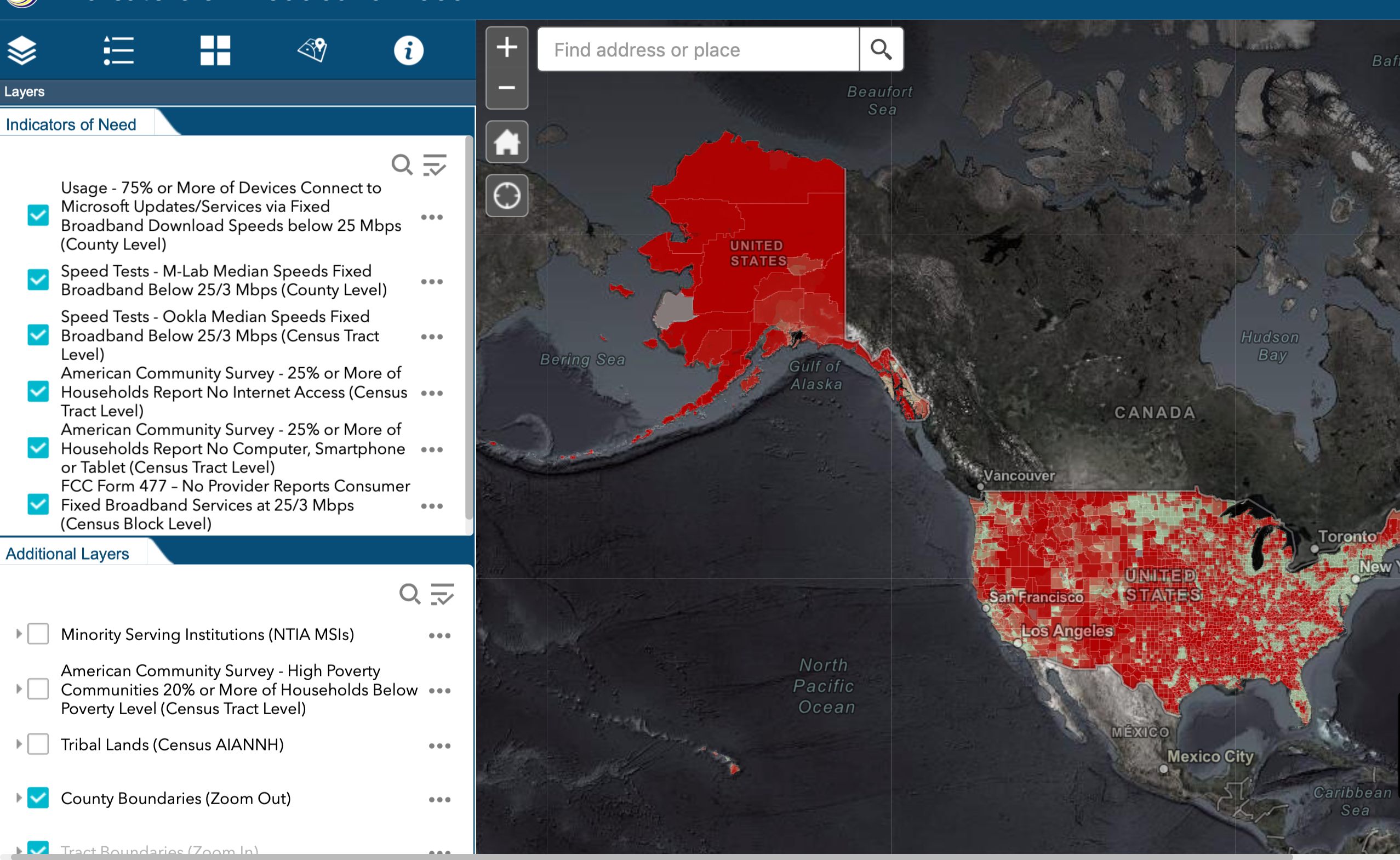
Bharat Ramamurti, deputy director of the National Economic Council, said the map demonstrated the breadth of the digital divide in the United States.
“This map will give the public more tools to explore and understand where broadband is lacking,” Ramamurti told reporters Thursday. “The bottom line from this map, in my view, is that the need for investment in broadband infrastructure is huge in the United States, but it also means that the opportunities and the productivity gains from making those investments are huge if we can solve this problem.”
Ramamurti and White House Principal Deputy Press Secretary Karine Jean Pierre hosted a virtual press call to unveil the new tool Thursday. The map pulls data from the Federal Communications Commission (FCC), the Census Bureau, Microsoft, M-Lab, and Ookla to paint a picture of the areas facing poor access. It includes data on locations reporting a lack of connection by different devices, as well as percentages and statistics by county.
“Broadband is necessary for Americans to do their jobs, to participate equally in school learning and health care, and to stay connected — yet by one definition, more than 30 million Americans live in areas where there is no broadband infrastructure that provides minimal acceptable speeds,” Pierre said. “Broadband is as critical as electricity and water — that is something that experts say, and that’s why today’s announcement is so important.”
According to Ramamurti, the Biden administration projected an investment of $65 billion through the American Jobs Plan infrastructure package could build out infrastructure for areas without access, close the digital divide for minority and lower-income families, and address high-speed internet costs. Negotiations over the package are ongoing on Capitol Hill.
Broadband access has long been a topic of conversation in Missouri, especially since COVID-19 drove education and work online last year. The House Interim Committee on Broadband Development met for the first time last week to hear a report from Tim Arbeiter, director of broadband development at the Missouri Department of Economic Development. According to the department, the state is ranked No. 32 in broadband access compared to the rest of the country.
Arbeiter said there are more than 147,000 unserved or underserved households and more than 392,000 individuals without reliable internet access in the state. The state has made drastic improvements despite the high numbers, substantially increasing its ranking since 2018.
More than $824 million has been invested in broadband projects across the state from the USDA, the FCC, and other partners, he said. The projects are in various stages of development, with additional proposals awaiting FCC approval.
The committee will convene monthly throughout the interim and file a report on its findings in December.

Cameron Gerber studied journalism at Lincoln University. Prior to Lincoln, he earned an associate’s degree from State Fair Community College. Cameron is a native of Eldon, Missouri.
Contact Cameron at cameron@themissouritimes.com.

